Tannin is the enemy, argues Decanter's Harry Fawkes. Here's his guide to wine with Christmas turkey and all the trimmings. Updated with new wine recommendations.

It would not be Christmas without turkey. It’s a traditional favourite in the US and the UK since as far back as the 16th century, although it was the Victorians who really cemented its place at the festive lunch table.
Turkey is not a powerful meat
Turkey is not a powerful white meat and has a low fat content – the reason why it can dry out if not cooked carefully. With this in mind, your wine matches should ideally be either a full-bodied white wine, or a medium bodied red, with low to medium tannin and relatively high acidity.
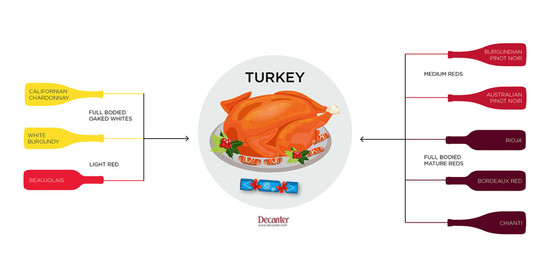
Tannin is the enemy
Tannin is your Christmas banquets enemy. It is at odds with the lack of fat on the plate, leaving nothing to soften the tannins. This can lead to accentuated, harsh tannins in a wine, whilst the saltiness of the turkey can also make tannin taste more bitter.
If that wasn’t enough to think about, there is also the complexity of the accompaniments to your lunch; cranberry, bacon, parsnips, stuffing and brussel sprouts to name a few.
Wine with Turkey: The Reds
A medium tannin red, for me, points towards top quality, robust Pinot Noirs or a Beaujolais Cru. Pinot Noir from muscular Burgundy Crus such as Gevrey-Chambertin or Pommard stack up exceptionally well – if you can stretch to the Grand Cru of Chambertin even better. The lighter, elegant Burgundian areas such as Volnay may be overpowered by all those accompaniments, so be careful.
Pinot from Sonoma will also work extremely well along with Pinot Noir from Victoria, Australia.
If you are not a Pinot fan, a mature Bordeaux, Chianti or Rioja would work well too. The tannin in red wine can soften and integrate with age, allowing them to be matched with Turkey.
Wine with Turkey: The whites
Sometimes ignored at Christmas lunch, a full-bodied Chardonnay can be an enchanting accompaniment to your turkey, especially with traditional sides such as bread sauce. Oaky richness gives sweet spice notes, while creamy lactic acid really helps out with a meat that can sometimes be on the dry side.
Good Chardonnays, in general, are found in the same geographical areas as good Pinot Noir. White Burgundy from the Côte de Beaune will work well at almost all levels; upgrade where you can to something like a Puligny-Montrachet 1er Cru or a Bâtard-Montrachet Grand Cru.
The high levels of minerality and acidity in these wines help to cleanse the palate, allowing you to wade through all the trimmings effortlessly.
Other wonderful examples can be found in Victoria, Sonoma and New Zealand. The Kumeu River Chardonnays from near Auckland are extraordinary wines, offer fantastic value for money and impressed us in 2015.
Translated by ICY
All rights reserved by Future plc. No part of this publication may be reproduced, distributed or transmitted in any form or by any means without the prior written permission of Decanter.
Only Official Media Partners (see About us) of DecanterChina.com may republish part of the content from the site without prior permission under strict Terms & Conditions. Contact china@decanter.com to learn about how to become an Official Media Partner of DecanterChina.com.

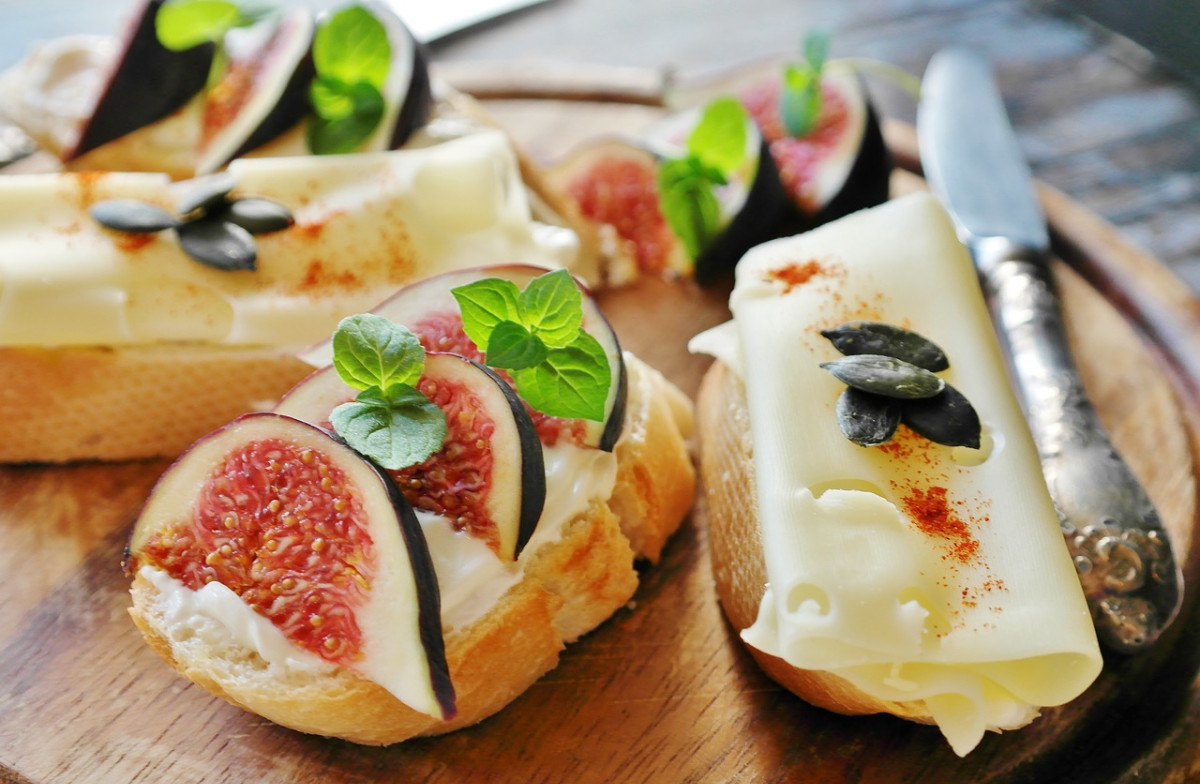
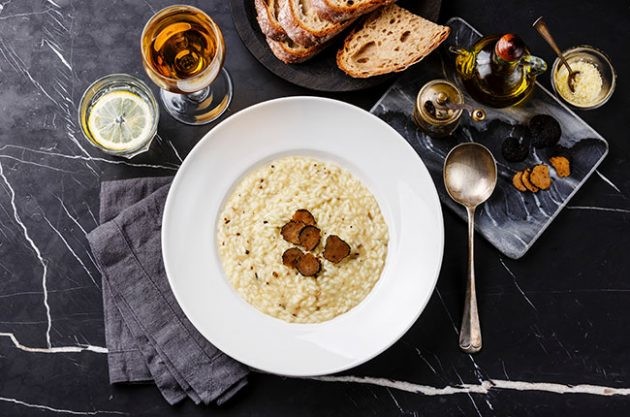
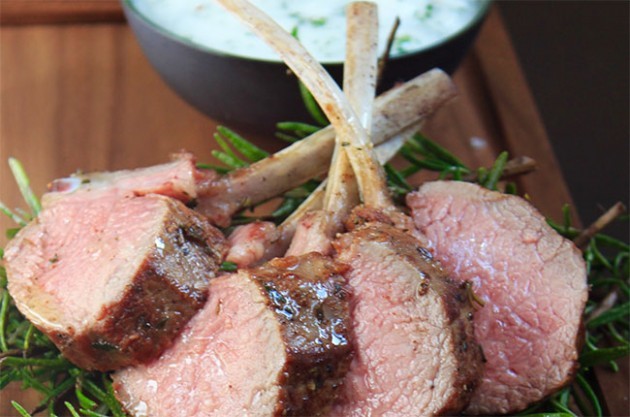
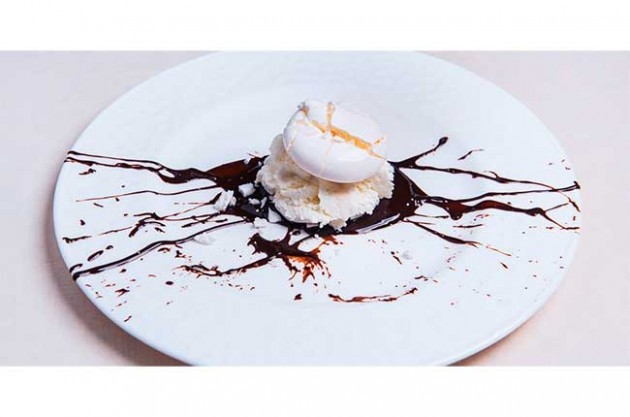
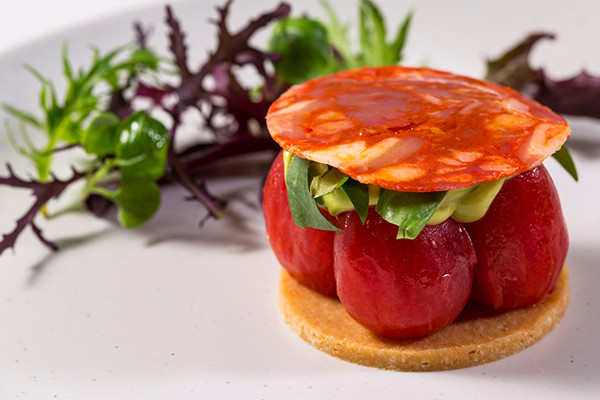
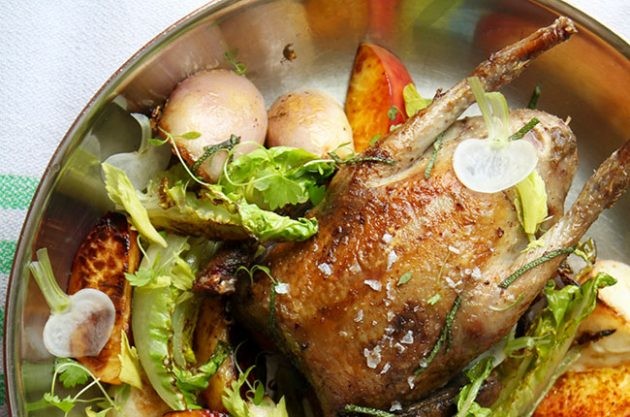
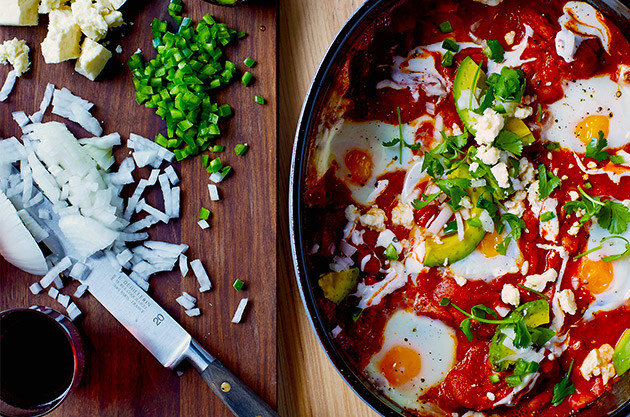
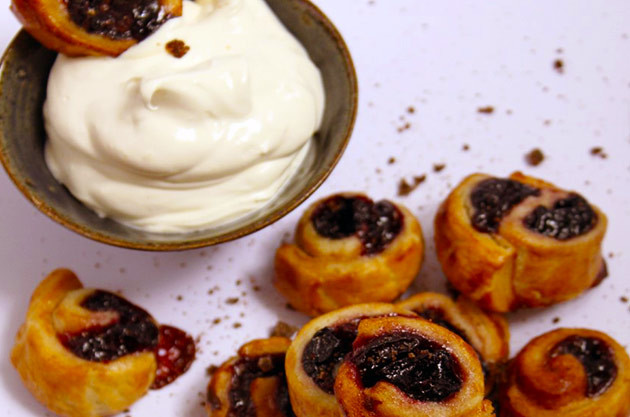

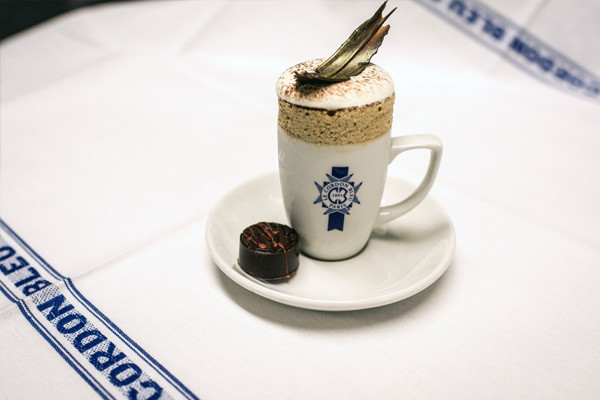
Comments
Submit